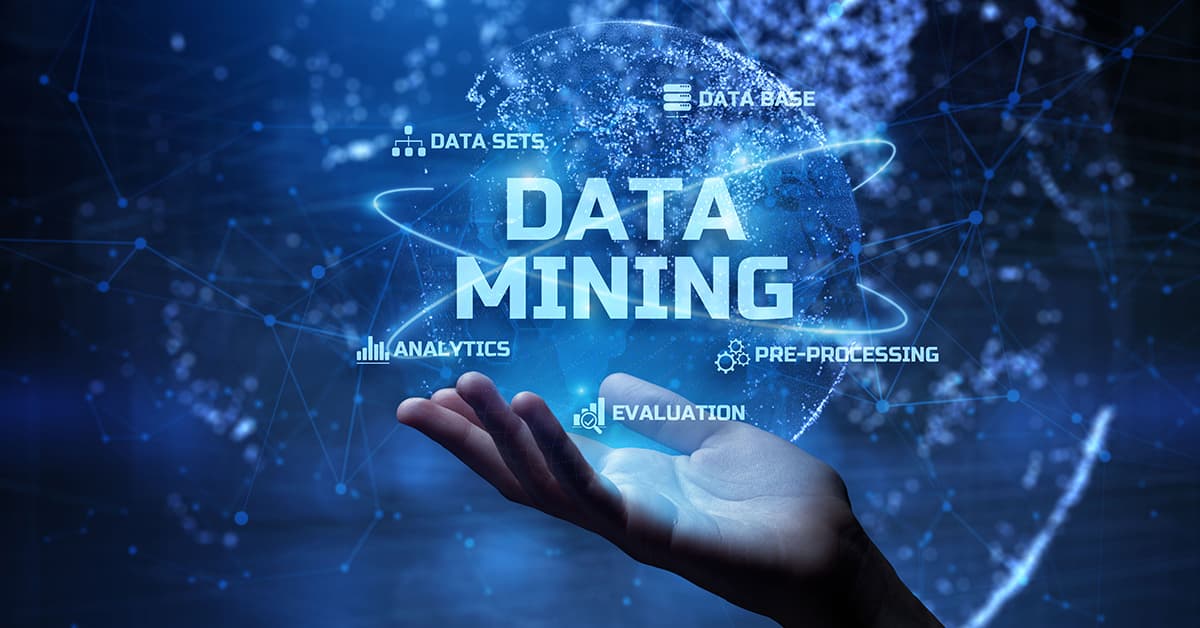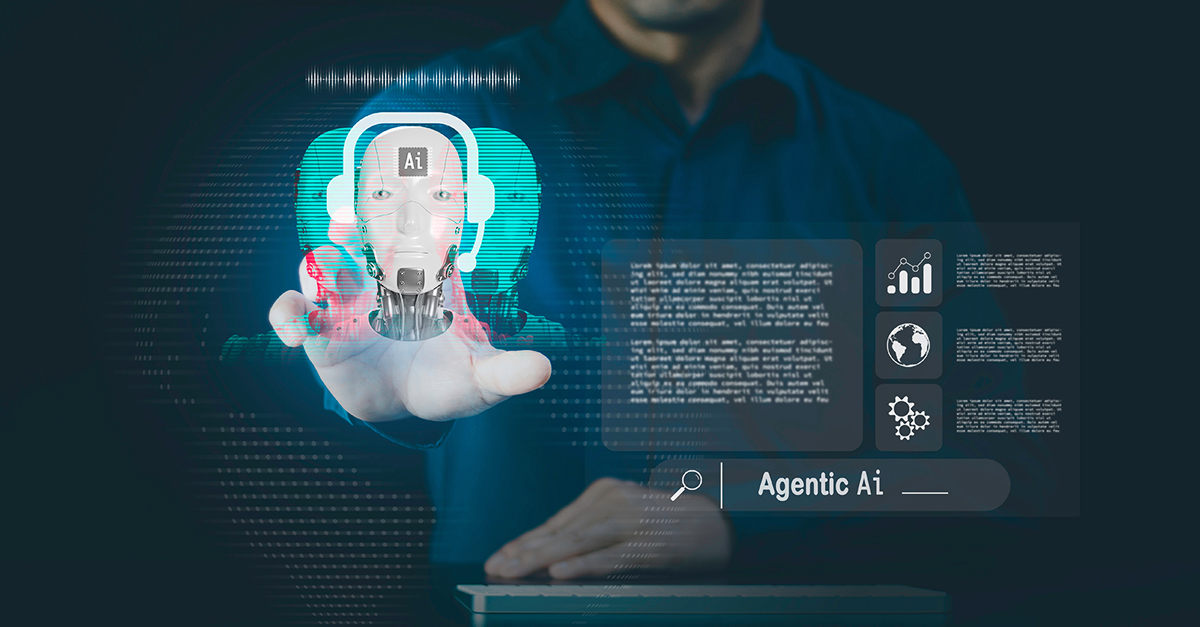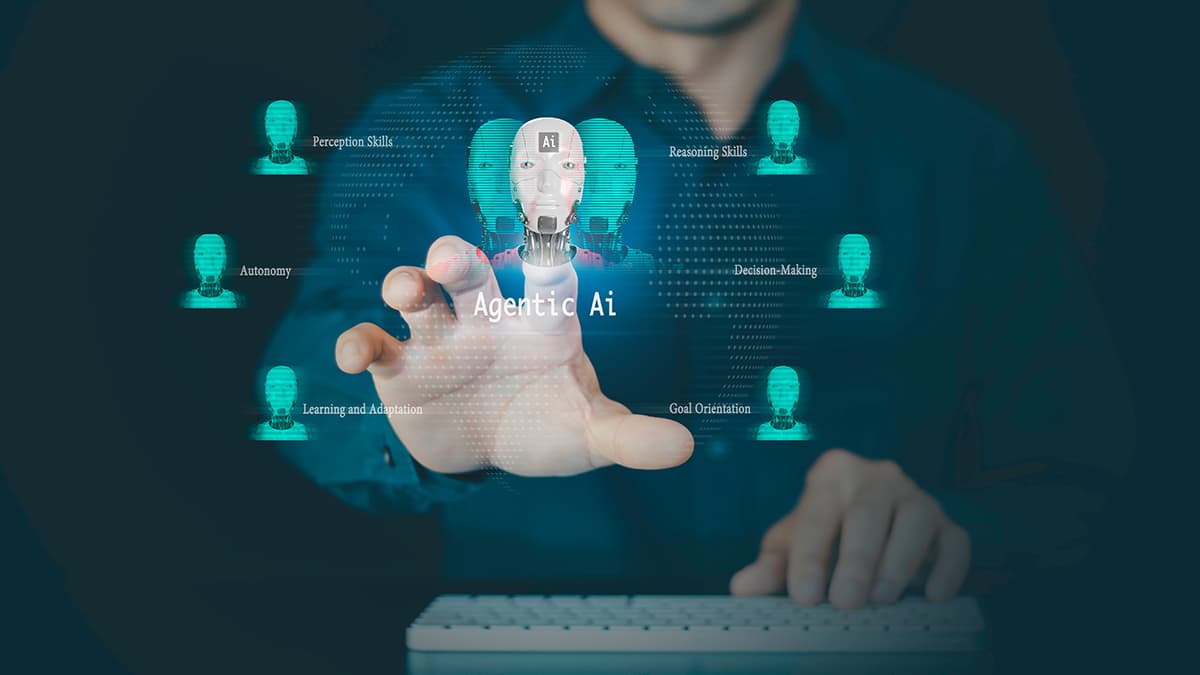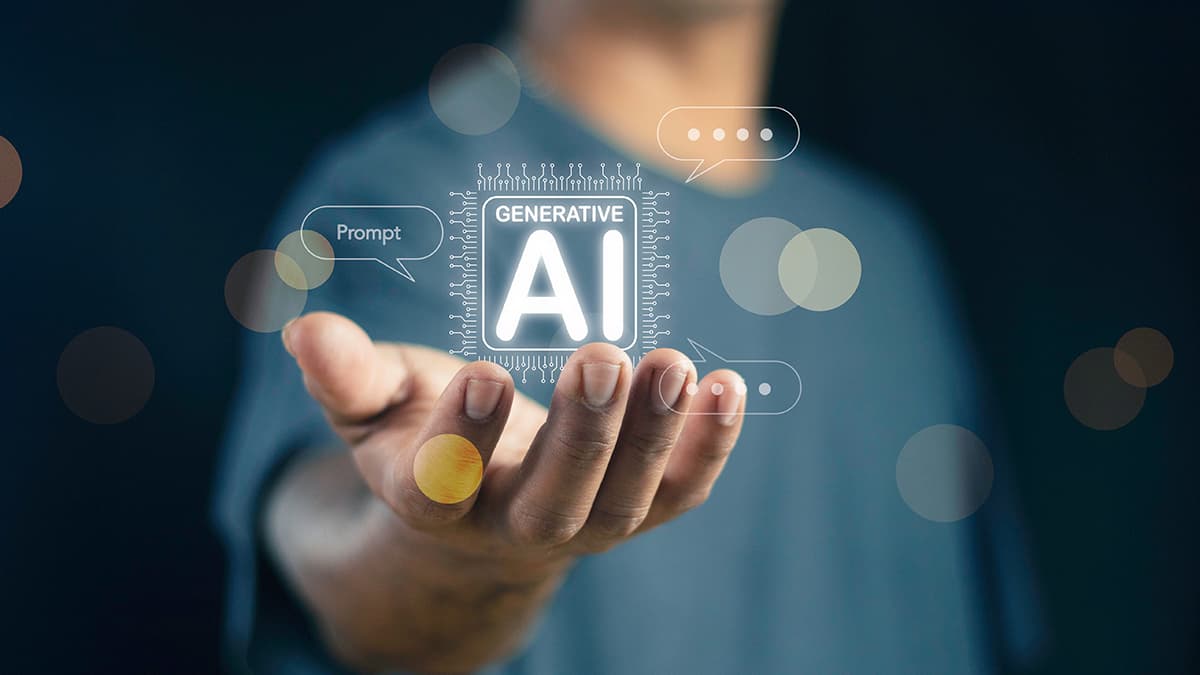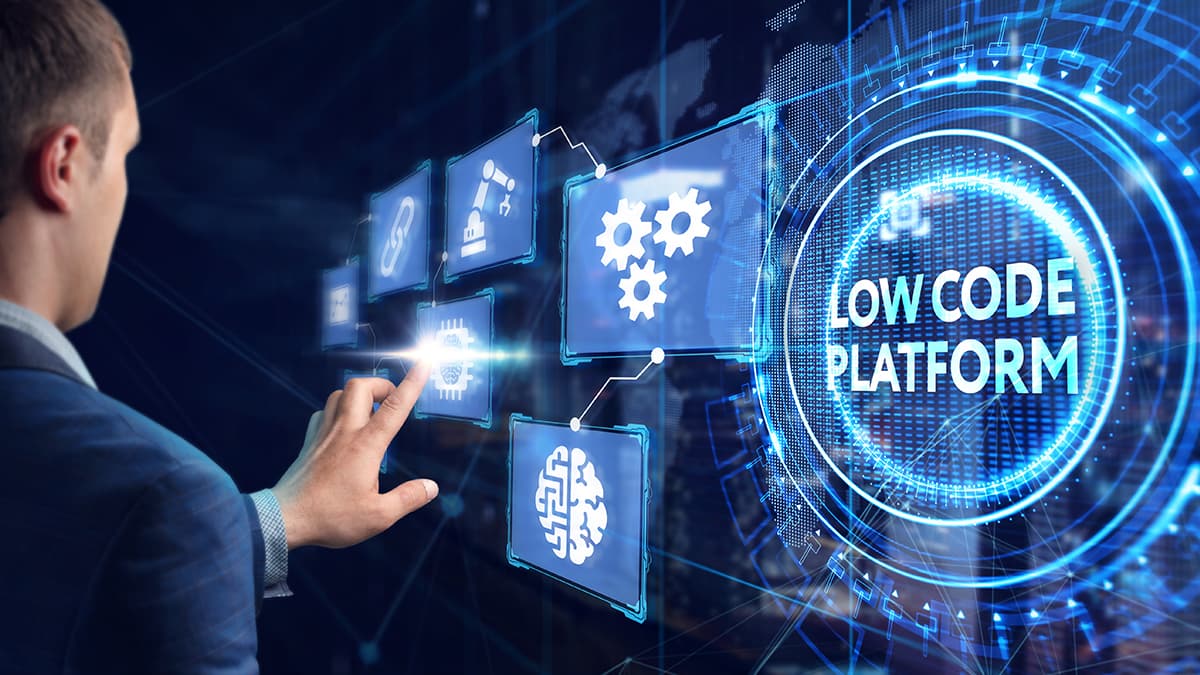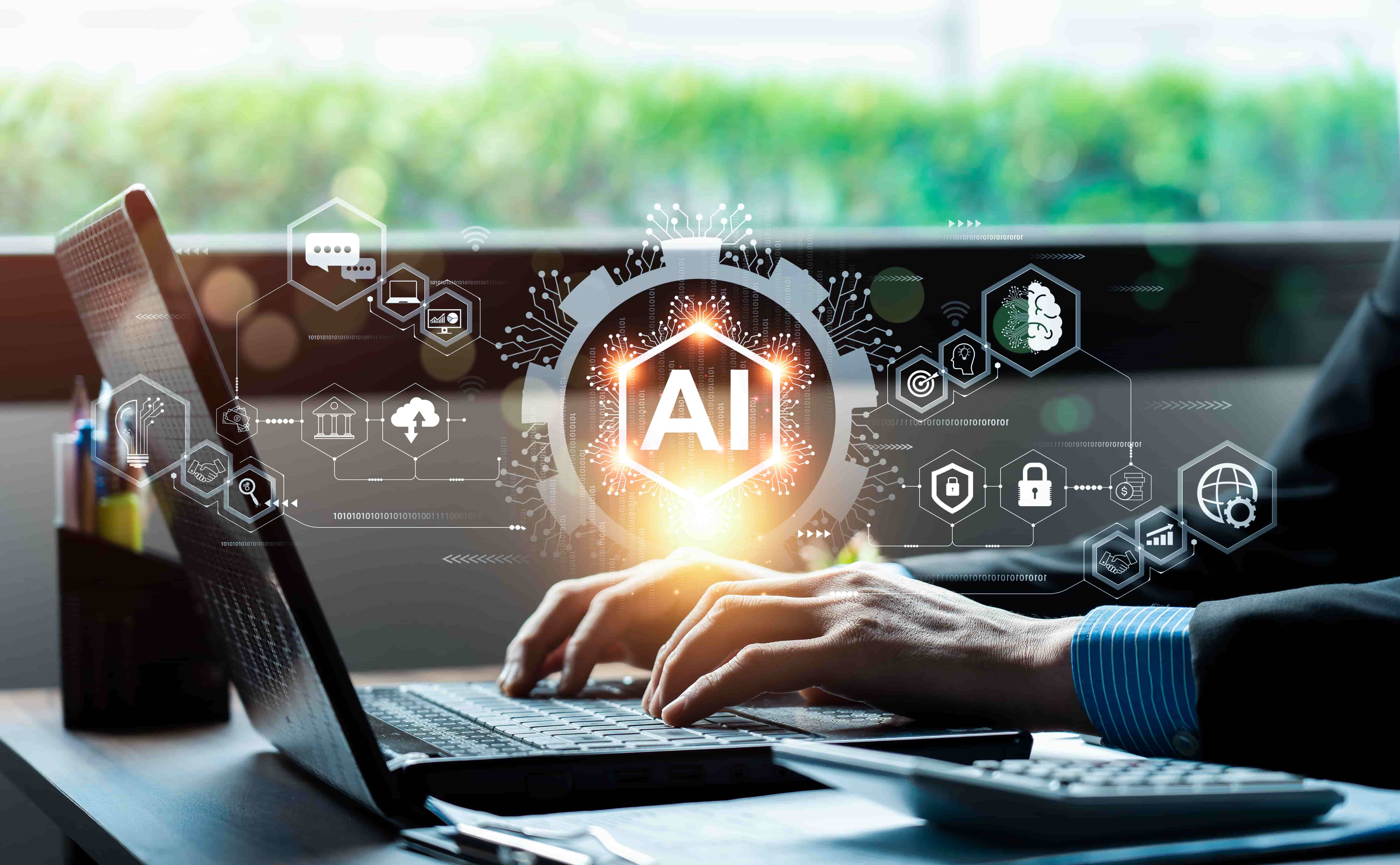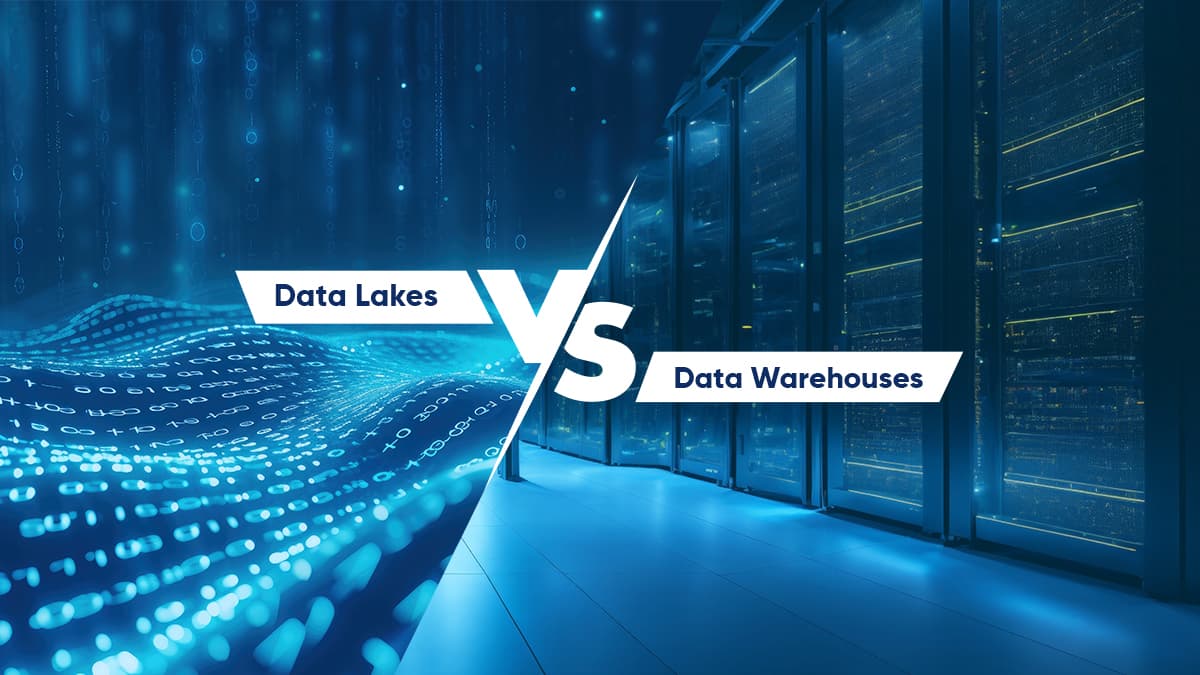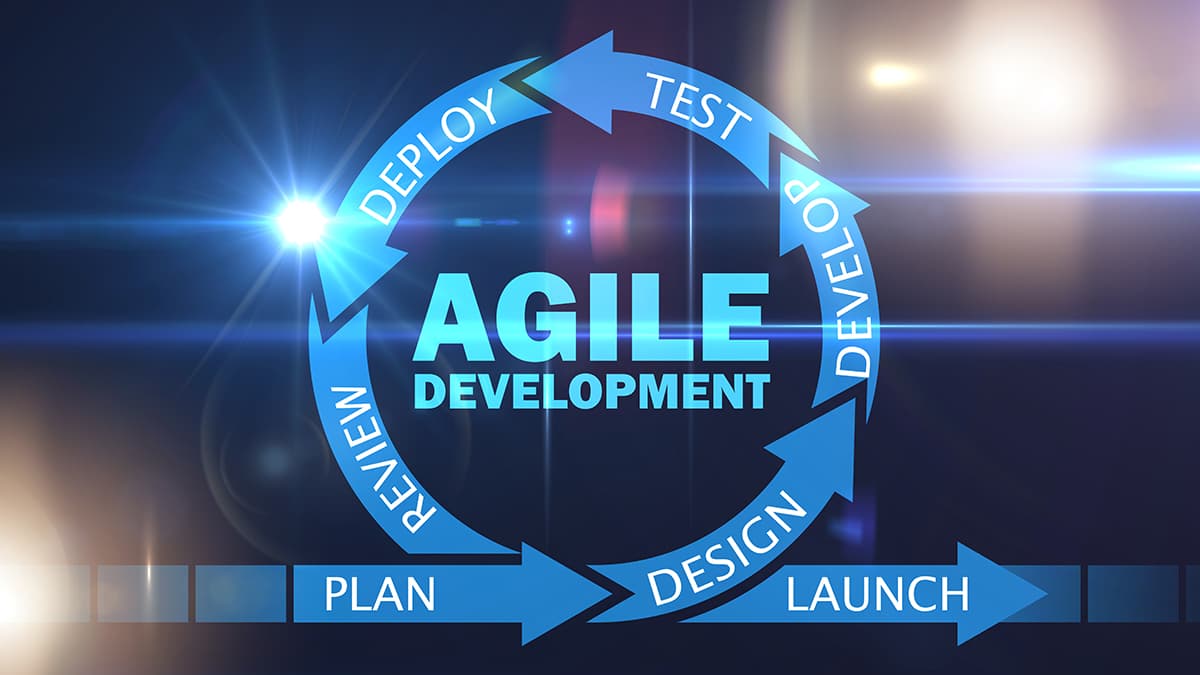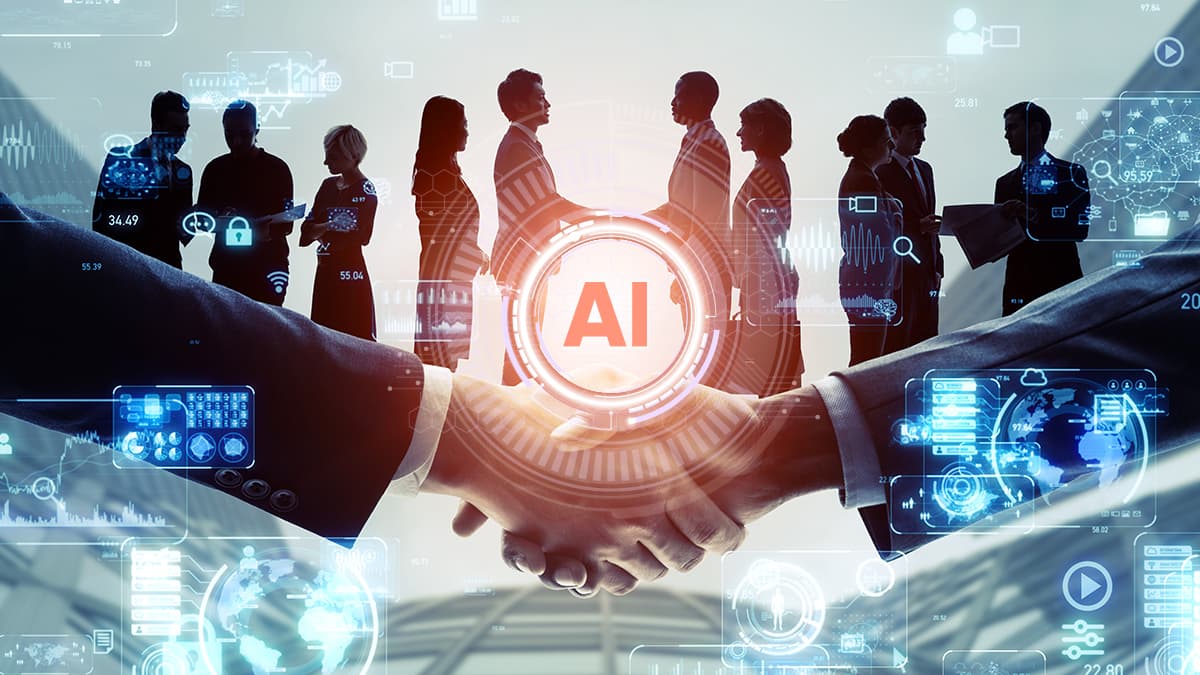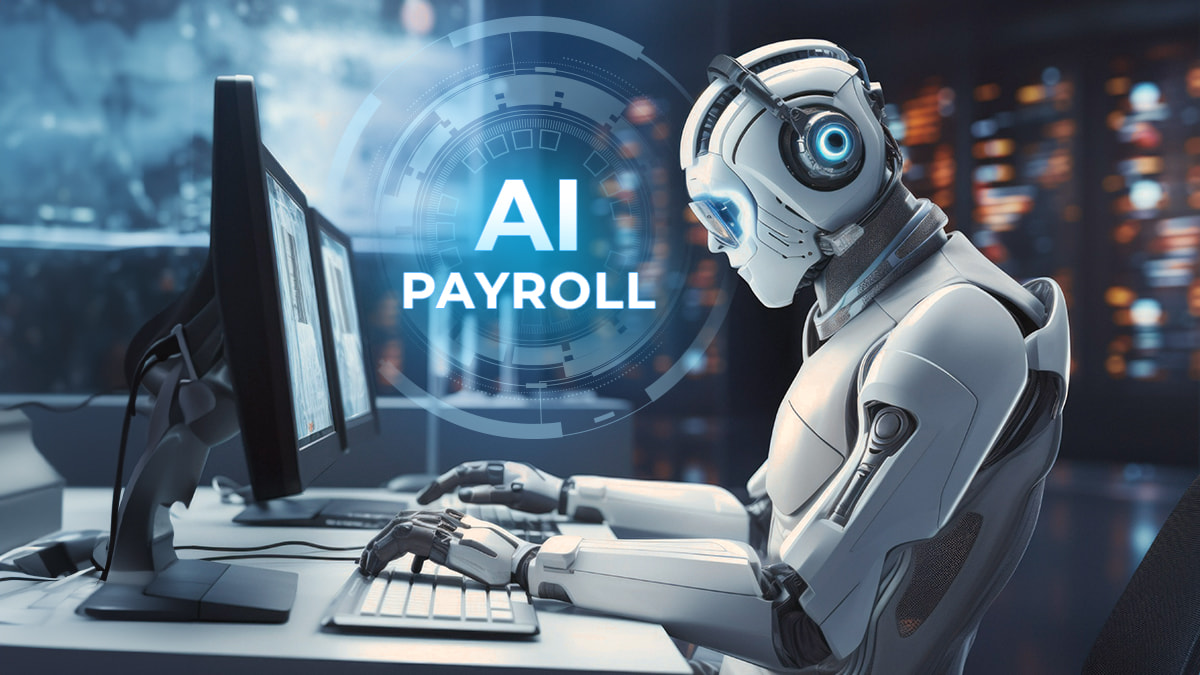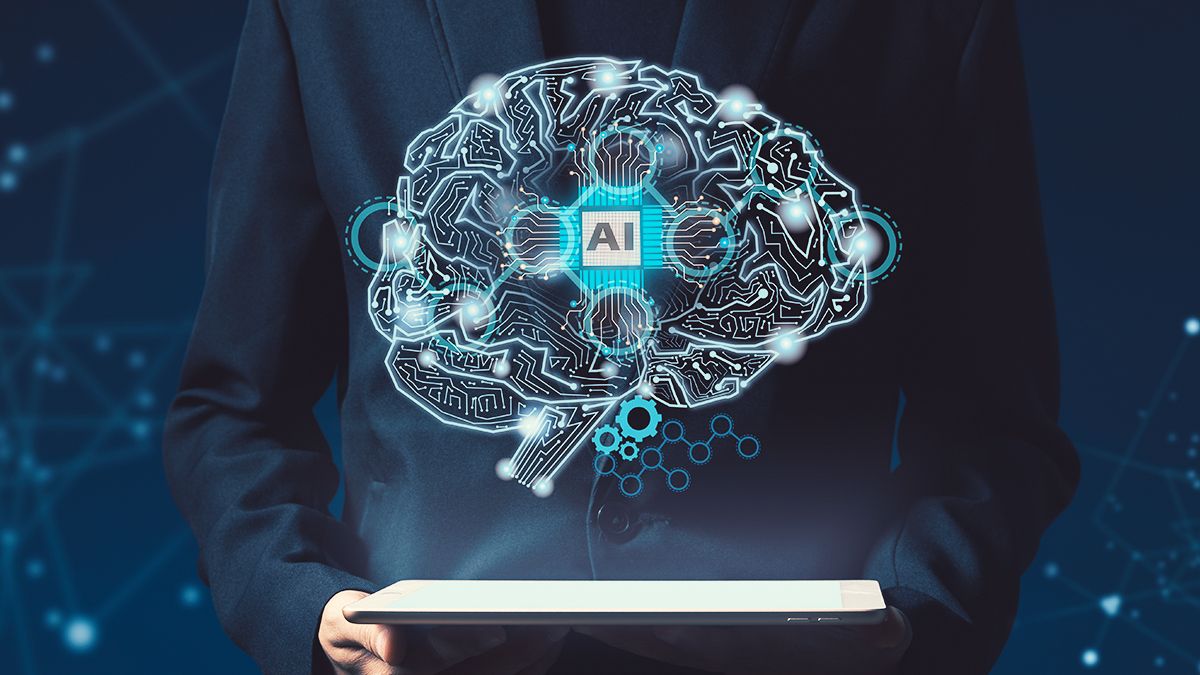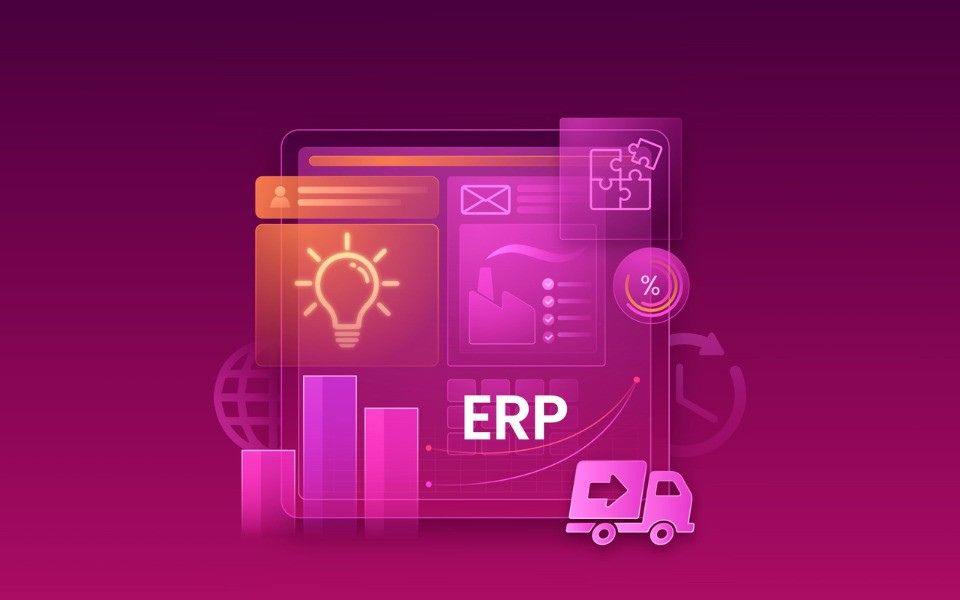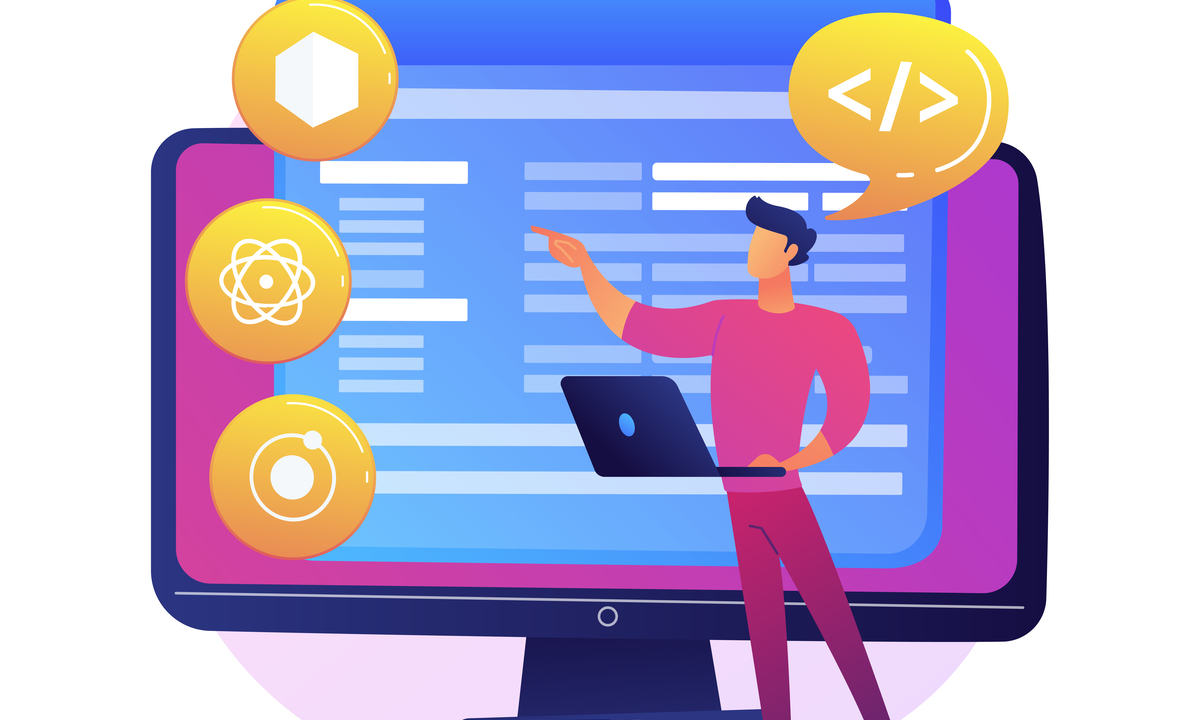
Generative AI is promising! As a new-age requirement, it has the potential to transform business operations and create higher-order opportunities across industries. However, implementing Generative AI for enterprises looking for custom solutions is quite daunting. This brings the question that most enterprises are stuck with: how can they safely adapt or implement Generative AI into their enterprise frameworks?
Here is a tailored guide elaborating a clear, strategic roadmap for implementing Generative AI into enterprises.
1. Define your business goals and objectives
Being aware of the capabilities of generative AI, it is essential to specify and align its potential with the needs of your enterprise. You may list specific pain points or issues that you want to resolve. It may revolve around designing products, eliminating data limitations, streamlining operations, generating content, deriving customer insights, improving customer experience, or gaining a competitive edge.
This step helps you identify specific areas where your business requires implementation of generative AI.
2. Evaluate your Data Infrastructure
Any AI system, including Generative AI, relies heavily on data. Ensure that your existing workflows and teams are prepared to adopt artificial intelligence.
The more you train Gen AI models, the better they get. Ensure you have high-quality data in a usable format for reliable and accurate outcomes. In case any biased data exists, you might get ambiguous outputs. Investing in data cleaning or enrichment in such scenarios would ensure efficient performance of your custom generative AI model.
Moreover, you should have efficient systems for data storage, access, and management to ensure seamless adoption of AI.
3. Hire Experienced Professionals with Relevant Skillsets
Once your business objectives and data infrastructure are assessed, it’s time to select the right team with relevant expertise for your generative AI requirements. You can hire AI specialists and data scientists with extensive experience in generative models.
You can also leverage the support of AI and machine learning experts as an extended R&D wing to fill tech gaps and lower development costs.
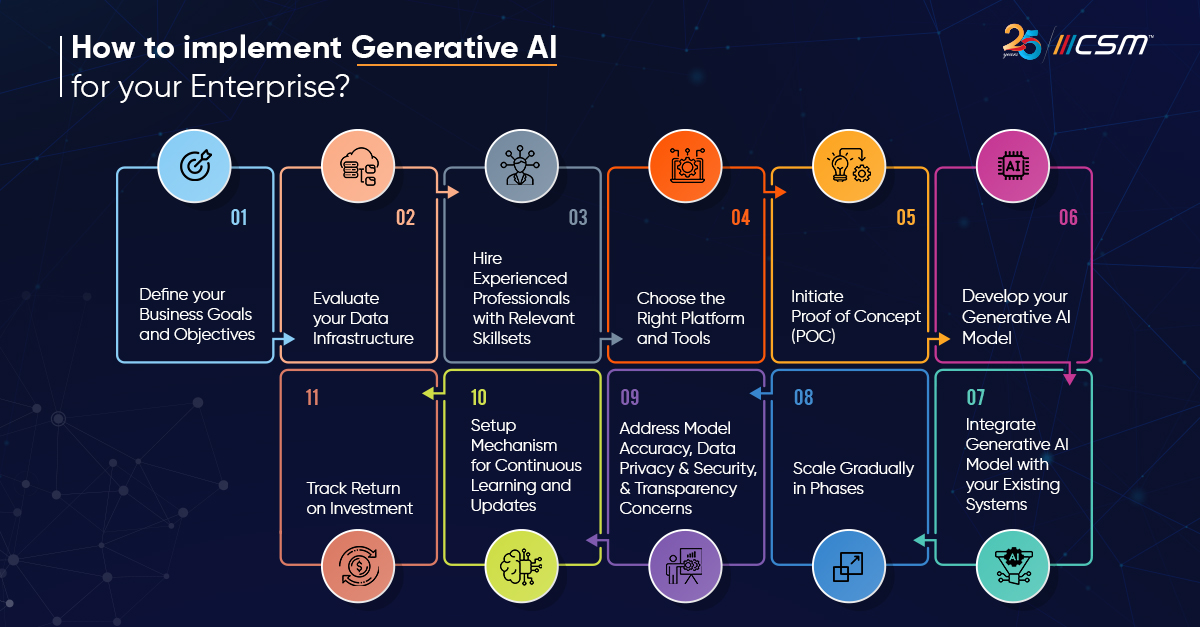
4. Choose the Right Platform and Tools
Out of several generative AI platforms and tools available, you need to select the one right for your unique business needs. Building a custom model from scratch is resource-intensive. However, with the right generative AI partner, you can leverage their pre-trained models and fine-tune them as per specific use cases and business needs.
You can also look for cloud platforms to avoid upfront investments.
5. Initiate Proof of Concept (POC)
It is always wise to initiate a proof of concept before proceeding with full-scale implementation. You can start by selecting a department or issue that you feel implementing generative AI is required or can be impactful. You can run tests, analyze and review results. A successful proof of concept can help gain stakeholders’ buy-in. You can also demonstrate a return on investment with more extensive generative AI implementation.
6. Develop your Generative AI Model
Once you complete PoC stage, you can develop and train your generative AI model for the entire project. This includes the identification of relevant training data, choosing the appropriate neural network architecture, and calibrating the model to the desired accuracy level.
As the entire process can be complex and time-consuming, having an experienced AI team is recommended to enable the end-to-end adoption.
7. Integrate Generative AI Model with your Existing Systems
Once the training and testing stage is complete, you can integrate your generative AI model with your existing enterprise systems. This step involves generative AI integration with existing software, tools, processes, and workflows. Collaborate with your selected AI partner to ensure hassle-free integration.
An expert team of skilled professionals, including AI ethicists, data scientists, and ML engineers, will help you address issues and eliminate bottlenecks.
8. Scale Gradually in phases
After full-fledged segmented implementation, you might feel the need to go for full-fledged implementation. In such scenarios, it is wise to scale in phases. You can choose an iterative approach, implement generative AI in sprints, fine-tune, and proceed to the next sprint. You can even undertake a departmental roll-out approach. Begin with a department, ensure seamless generative AI integration, and proceed to other departments for the next phase of implementation.
Whichever approach you use, set up a feedback mechanism for constant improvement of generative AI implementation.
9. Address Ethical Considerations
Implementing generative AI comes with several ethical factors that, if not addressed, can be challenging. These ethical factors include model accuracy, data privacy and security, and the potential impact on your workforce. To resolve ethical issues, you need to run regular audits. Additionally, maintaining transparency in generative AI implementation involves ensuring all stakeholders, including your customers, are aware while interacting with AI-generated data or content.
Therefore, addressing such critical concerns with a team of experienced AI experts is essential to implement generative AI successfully.
10. Setup Mechanism for Continuous Learning and Updates
The AI landscape is dynamic and continually evolving. To align with a constantly changing technology, you need to set up a mechanism for regular learning and updates.
You must also stay informed and track the latest research, developments, best practices, and trends in the AI ecosystem.
11. Track Return on Investment
In the end, it’s the ROI that speaks. Return on investment might not necessarily be about upfront financial metrics. Monitor your ROI regarding efficiency gains, including time saved, increased productivity, and speed of decision-making. You need also to measure your ROI in terms of innovation.
Measure how the implementation of generative AI into your enterprise has contributed to building new services, products, or any project that previously appeared challenging or unfeasible.
Wrapping up!
Generative AI can bring new dimensions to creativity, increasing efficiency, resolving complex tasks, enhancing workflows, and strategic decision-making. However, its implementation requires expertise, strategic planning, meticulous execution, and constant monitoring. Following the outlined steps will help enterprise leaders successfully implement generative AI to meet their business needs, foster innovation and growth, and gain a competitive advantage in their respective industries.
How can CSM help?
CSM enables enterprises to adopt Artificial Intelligence, Machine Learning, and Natural Language Processing systems for unique business use cases. Our Generative AI services empower clients across industries to transform their business processes with custom solutions and solve real-world problems.
Contact Us to discover what CSM can build for you.
Want to start a project?
Get your Free ConsultationOur Recent Blog Posts

© 2025 CSM Tech Americas All Rights Reserved




